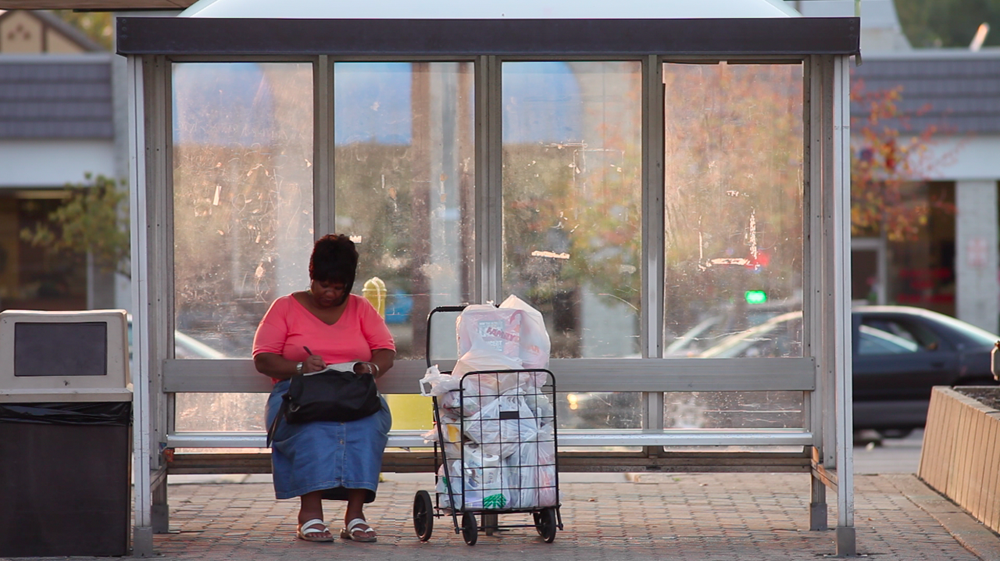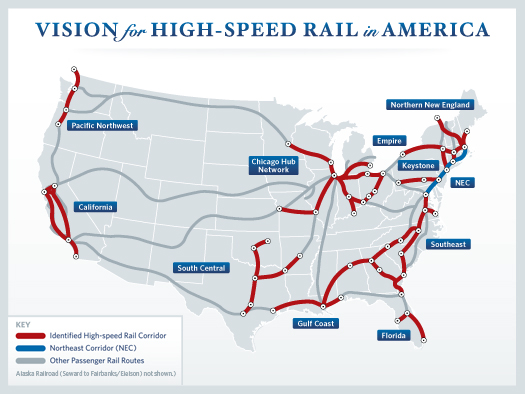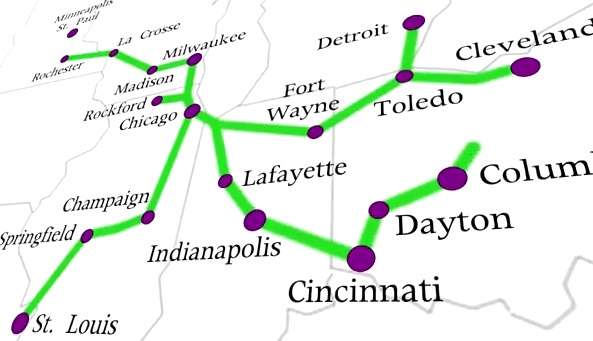Kevin Wright and David Ben collaborated on this UrbanCincy exclusive.
Next Tuesday, the much anticipated mid-term elections will be held across the country. Although there has been a lot of discussion about national politics and policy making in the mainstream press, there are many historic policy issues facing Hamilton County as well. These issues are as divisive as they are important, and they are going to require serious decisions by serious candidates.
The two men running for Hamilton County Commissioner – Chris Monzel (R) and Jim Tarbell (C) – represent two different approaches to county government. While they are both experienced politicians, they have two distinctly different visions for the future of Hamilton County.


UrbanCincy sent a list of questions to each candidate. The questions were based on issues that we thought you, our readers, would classify as the most important. Below are the questions we sent, as well as the candidate’s responses exactly as they were sent back to us.
1. Where do you stand on the 3C Rail Project, and how are you prepared to deal with it should you be elected?
Chris Monzel: I do not support the 3C Rail Project.
Jim Tarbell: I am in support of the 3C rail project. Ohio’s $400 million investment will result in over 255 immediate construction jobs over a two-year period, and a US Department of Commerce study predicts approximately 8000 indirect and spin off jobs in Ohio. We need jobs.
According to the Amtrak report from September 2009, the 3C “Quick Start” passenger rail service will serve at least 478,000 in its first year of operation. Historically, throughout its national system, Amtrak has had steady ridership support from college students. An analysis by ODOT reveals that more than 220,000 students are within less than 10 miles from the proposed train station. Furthermore, the 3C passenger rail line runs near 40 colleges and universities.
According to a March 2009 Quinnipiac University statewide poll:
- 73% of Ohioans ages 18-34 support passenger rail in Ohio and the 3C “Quick Start” Plan
- 62% of Ohioans ages 35-54 support passenger rail in Ohio and the 3C “Quick Start” Plan
- 61% of Ohioans 55 years or older support passenger rail in Ohio and the 3C “Quick Start” Plan
Furthermore, the 3C “Quick Start” Plan has received more than 200 statewide letters of support from various businesses, cities, universities and colleges, and other organizations who understand the benefits of passenger rail service in Ohio. The 3C “Quick Start” Passenger Rail Plan will connect Cleveland, Columbus, Springfield, Dayton, Riverside, Sharonville and Cincinnati.
2. Where do you stand on The Banks project, and how are you prepared to deal with it should you be elected?
Chris Monzel: I have supported the Banks project as a current Cincinnati City Councilman and if elected as County Commissioner will continue to do so.
Jim Tarbell: I am very supportive of The Banks project. I am happy to report that Phase I is complete, ahead of schedule and under budget.
The Board of Commissioners of Hamilton County (County), the City of Cincinnati (City) and the Riverbanks Renaissance, LLC (developer) are partnering to develop the Banks Project. The Banks Project is a public improvement and mixed-use development located between the Paul Brown Stadium (to the west) and the Great American Ball Park (to the east). The Banks Project will be developed in phases over a period of approximately 15 years and will include 1,800 residential units, one million square feet of office space and more than 300,000 square feet of retail space. The Banks Project will be funded with public and private dollars. A recent article in The Enquirer reported that rental units being built are already being rented.
This will be a huge boost for the County. The added retail and entertainment venues mean additional tax dollars for the County. I believe recruiting businesses and residents to this area should be a joint venture of the City and County.
3. Where do you stand on the Riverfront Park project, and how are you prepared to deal with it should you be elected?
Chris Monzel: I have supported the Riverfront Park project as a current Cincinnati City Councilman and if elected as County Commissioner will continue to do so.
Jim Tarbell: The Riverfront Park Project is another example of what can be done to create enduring landmarks. Not only will this be a tourist attraction, but residents within greater Cincinnati will be attracted to spend more time on our riverfront.
Phase I of Cincinnati Riverfront Park—currently under construction—will include the new Moerlein Lager House restaurant and brewery as well as a plaza of water jets with cascades of water that drop to pools along Mehring Way. There will be a grand stairway with landings at water-filled basins, a glass-floored walkway above a lower level loggia, a shade trellis, informational and interpretive displays, and public restrooms. Also part of the design is the Jacob G. Schmidlapp Stage & Event Lawn, a promenade, and within a tree grove, a monument to the Black Brigade, a floral garden and a labyrinth. The park will also feature a bike center and welcome center, and a section of the Ohio River Bike Trail.
I have a very good relationship with Willie Carden, Director of Parks, and David Prather, the project coordinator. I expect to be in close communication with them and am very supportive of their work.
4. Given that both Louisville or Indianapolis are outperforming Cincinnati in economic indicators according to the newly released Agenda360/Vision 2015 Regional Indicators Report, do you support the idea of consolidated government similar to what is used in Louisville-Jefferson and Marion counties?
Chris Monzel: I do not support big metro-government. I do support shared-services between the county and other government jurisdictions.
Jim Tarbell: I spent an entire day three years ago with Mayor Abramson of Louisville and his cabinet specifically to study their system. I have also met numerous officers from Indianapolis over time for the same reason. I feel there is much to be gained from having an ongoing discussion with the stakeholders in Hamilton County with an eye towards taking advantage of their experience and progress. Every county, every jurisdiction, has its own challenges; but Indianapolis, for over forty years, and Louisville, for ten years, have made changes and improvements that could help here. Portland, Oregon has made similar changes. I remember one of their planners remarking that Cincinnati had considerably more resources than Portland, but that Portland simply had more of an attitude!
5. What is your specific plan to close the stadium deficit? Does this plan completely close the projected deficit, and why/why not?
Chris Monzel: The Stadium fund is driving the county budget crisis. There are several avenues to look at to help address this. One is to work on any possibilities of renegotiating the lease.
The Bengals have put an offer on the table to renegotiate parts of the current lease. I will put the taxpayers first in these negotiations. The Bengals owner’s are part of the budget problem and must be part of the solution. I also understand the need to lower taxes in order to establish a welcoming environment for businesses. I believe in promoting home ownership, such as, a
Homearama in Hamilton County. Homearama has been held in Warren County seven (7) of the last eight (8) years.
Another option is to look at the county assets that could be sold which would generate $$ to get us out of our serious debt.
Jim Tarbell: Commissioner David Pepper and I have proposed a similar plan to reduce the debt by at least half by suspending the property tax rollback inappropriately promised over a decade ago.
The current property tax rollback, which reduced the amount of money homeowners pay in property taxes annually, would be rescinded on the value of homes over $150,000. In other words, no one would be affected unless their homes are valued over $150,000, and then only on the amount of the value OVER $150,000, putting the emphasis on higher priced real estate (whose owners have gotten the biggest break so far). The average homeowner would pay about $100 per year. This can be enacted immediately by a majority vote of the commissioners and give us a huge start towards balancing the budget. This would also put enormous pressure on the teams to play their part, with the commissioners and the public having taken the lead. There is nothing fair about this dilemma. None of us played a part in creating this crisis, but we must resolve it now and get on with moving this economy forward.









